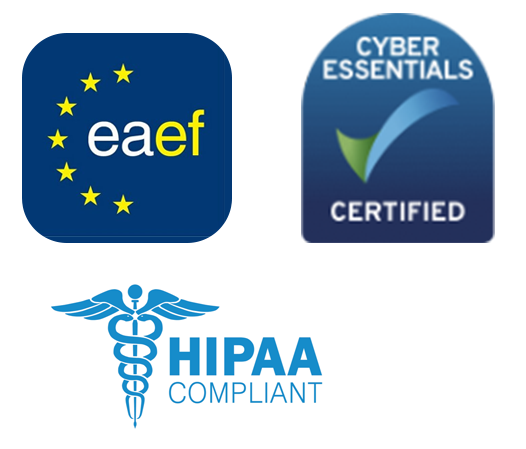
The Center for Democracy & Technology (CDT) recently published “The Kids Are Online: Research-Driven Insights on Child Safety Policy“, summarizing discussions from a symposium held in September 2024. With contributions from academic researchers, policy experts, and civil society representatives, the report highlights diverse perspectives and outlines actionable recommendations for safeguarding young users in digital spaces. Here’s an interpretation of what we learned from this insightful report.
1. Safety Approaches Must Be Tailored
The report makes it clear: there’s no universal solution for online child safety. Youth experience digital spaces differently depending on age, socioeconomic status, and identity. This diversity necessitates customized safety measures that address the unique needs of each group, challenging the notion that a single approach can fit all.
2. The Importance of a Holistic Ecosystem
Safety online isn’t just about platform features. The report calls for a holistic, ecosystem-based approach, involving parents, educators, policymakers, and platform designers. Collaborative efforts among these groups are essential for developing comprehensive, balanced strategies that protect children without compromising their rights and agency.
3. Unlocking Research Potential with Data Access
Researchers face a significant barrier: restricted access to platform data. Without comprehensive data, understanding online harms and evaluating current safety measures becomes difficult. The report advocates for privacy-preserving data access methods, enabling evidence-driven policymaking and more effective safety solutions.
4. Making Safety the Default
One of the report’s actionable recommendations is for platforms to set high default protections. For example, creating private accounts by default and limiting content recommendations to trusted users can provide safer digital starting points for young audiences.
5. Enhancing User Autonomy
User empowerment is a recurring theme. The report highlights the need for customizable tools, such as content filters and algorithm reset options, allowing young users to shape their own digital experiences. These tools enable users to curate their online interactions, striking a balance between protection and personal agency.
6. Prioritizing Digital Literacy
Digital literacy emerged as a crucial pillar of online safety. Instead of merely restricting access, platforms should invest in educational initiatives that equip young users with the skills to navigate digital environments responsibly. Peer-to-peer education and collaborative onboarding processes are suggested as effective methods for cultivating safe online behaviors.
7. Transparency for Trust
The report underscores the need for transparency in platform operations. Young users and their guardians should have clear insights into how content moderation, data collection, and safety features work. Transparency builds trust and empowers users to make informed decisions.
Why These Insights Matter
The CDT’s findings serve as a wake-up call for all stakeholders. With online environments playing an increasingly central role in young people’s lives, addressing safety challenges demands context-sensitive, evidence-based solutions that respect user rights.
Moving Forward
Creating safer digital spaces isn’t a one-off task—it requires continuous dialogue, innovation, and research. The CDT report lays down a solid foundation for future efforts, urging stakeholders to collaborate and implement strategies that not only protect but also empower young users.
Read the full report here.
